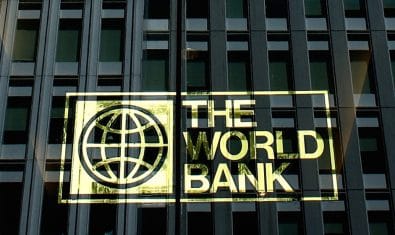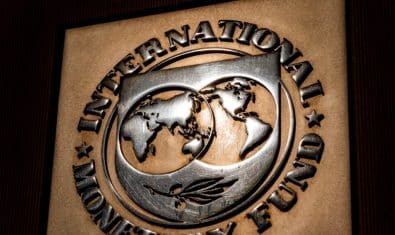Pakistan’s banking industry has once again missed the target of agriculture disbursement of loans by Rs. 76 billion due to the slowdown of economic activities in the sector.
This is the second consecutive year that the banking industry as a whole missed to achieve the target by Agricultural Credit Advisory Committee for 2018-19. It missed the loan disbursement target of the particular section in the previous financial year as well.
According to the State Bank of Pakistan (SBP), commercial banks made disbursements of Rs 1.174 trillion or 94% against the ambitious target of Rs 1.250 trillion set by Agricultural Credit Advisory Committee for 2018-19.
During the financial year, the agriculture sector remained beset with water shortages and increased cost of major inputs, which constrained the production of important crops. The agriculture sector also had a disappointing year overall, posting a growth of 0.8 percent during FY19, compared to 3.9 percent last year.
The central bank commented that the achievement of agriculture credit disbursement is a sizable performance in agriculture lending despite a number of demand and supply-side challenges. The current year’s disbursement is 21% higher than the last year’s disbursements of Rs 972.6 billion. Further, the agri outstanding portfolio increased to Rs 562.4 billion in June 2019 registering a growth of 20% compared with last year’s Rs 469.4 billion.
Similarly, the agricultural credit outreach has increased to 4.01 million farmers or 91% against a target of 4.42 million farmers by June 2019, recording a growth of 8% from 3.72 million farmers in June 2018.
5 Major Banks Achieve 100% of The Target
The detailed credit performance reveals that during FY 2018-19, five major commercial banks collectively disbursed agri loans of Rs 653.5 billion or 100.4% of their annual target of Rs 651 billion. Specialized banks disbursed Rs 81.2 billion or 71.8% of their annual target of Rs 113 billion and fifteen domestic private banks, as a group, achieved 86.5% by disbursing Rs 211.9 billion against their target of Rs 245 during FY-2018-19.
Microfinance Banks Achieve 98% Of The Target
Microfinance Banks (MFBs) achieved 98.7% by disbursing agri loans of Rs. 154.0 billion to small farmers which is 23% higher than the disbursement of Rs 124.8 billion during the same period last year. Similarly, the Microfinance Institutions/Rural Support Programs collectively achieved 97.1% of their targets by disbursing Rs 34.0 billion to small and marginalized farmers during FY 2018-19.
Islamic Banks Achieve 78% Of The Target
Five Islamic Banks as a group achieved 78.8% of their annual target of Rs 50.0 billion by disbursing Rs 39.4 billion which is Rs 23 billion higher than the disbursement made during the corresponding period last year. Further, in order to mobilize the Islamic Windows of commercial banks for agricultural financing, disbursement targets of Rs 50.0 billion were assigned for 2018-19. Accordingly, the windows of commercial banks disbursed Rs 32.7 billion or 65.4% of the annual targets to faith sensitive clients during FY 2018-19.
Efforts by Banking Industry
To achieve these numbers, SBP adopted a multifaceted strategy and made concerted efforts for pursuing a massive agricultural credit target which included; sensitizing banks to adopt agri. financing as a viable business line, exploring new avenues of financing, value chain financing, mobilizing e-credit, warehousing receipt financing, implementation of crop/livestock insurance and credit guarantee schemes for the farmers etc.
The banking industry should consistently enhance its efforts to increase agriculture credit in the current financial year. It may achieve the target set by the committee in upcoming years despite growing challenges of economic slowdown and high input cost.
The relevant committee should also set a realistic target that can be achieved easily by commercial banks while participating in the business actively without forced targets given by the central bank.
Last but not least, the central bank should evaluate the benefits to the aggressive credit campaign to a particular sector and its benefits to the economy in terms of business and revenue generations.


























